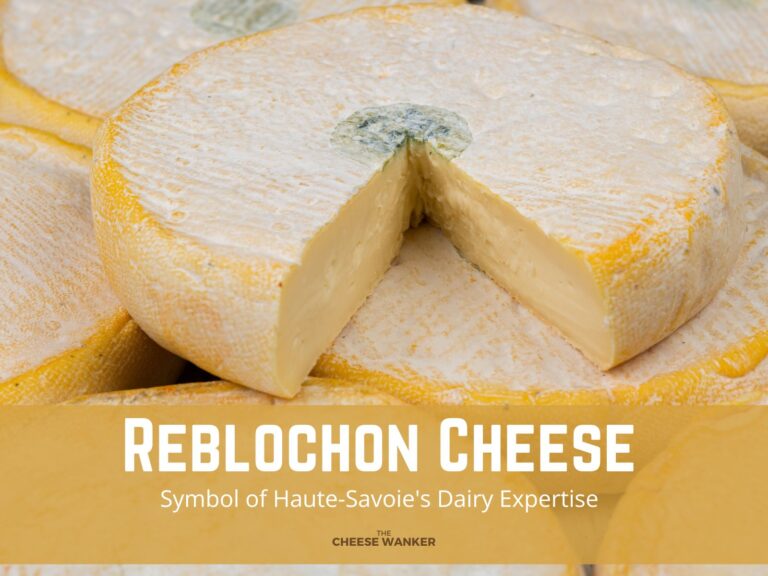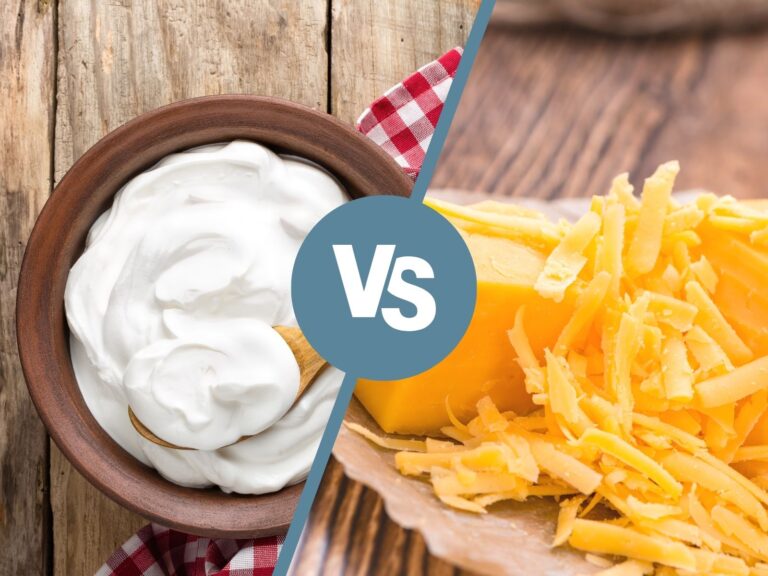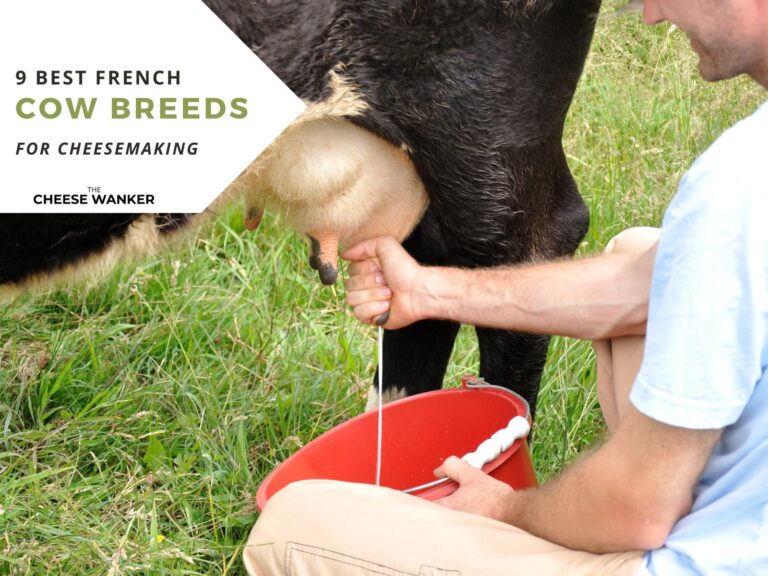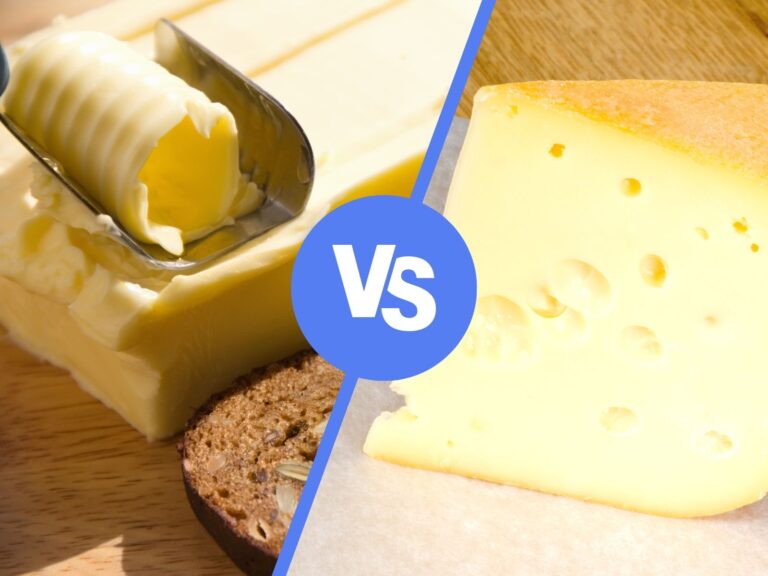Butter, a culinary delight revered across the globe, holds a special place in French cuisine. Within France, the art of butter making has a long and storied history, with distinct regions producing their own unique flavours. In this blog post, we will embark on a journey through the world of French AOP butters, exploring their rich heritage, flavours and the regions that give them life.
SEE ALSO: The characteristics that bring butter and cheese together, and set them apart →
History of butter making in France
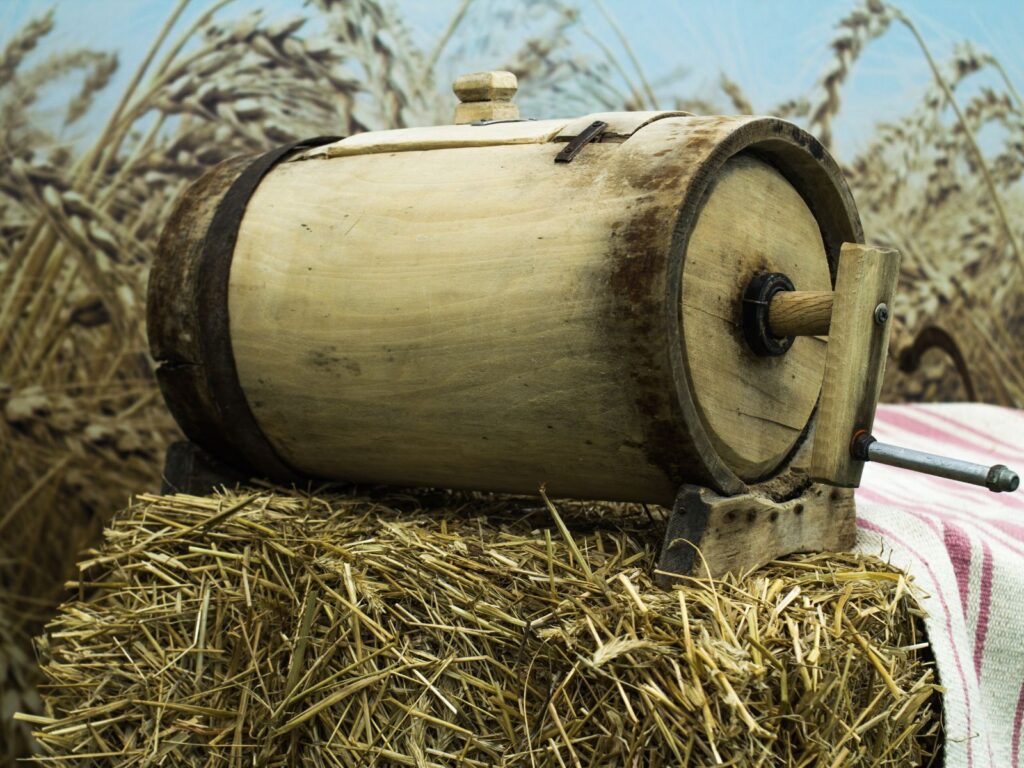
The history of butter making in France can be traced back centuries, where it evolved from a practical necessity to an art form. French farmers and artisans began churning cream to extract butter as early as the Middle Ages.
Over time, the process was refined, with techniques passed down through generations, resulting in the exquisite butters we enjoy today.
You can read more about how butter is made in our dedicated post here.
Why is French butter so special?
French butter is often regarded as special due to several factors that contribute to its exceptional quality and taste. Here are some reasons why French butter is considered unique.
Terroir
France has diverse geographical regions with varying climates, soils and vegetation. The cows graze on diverse pastures, consuming a varied diet that contributes to the flavour and quality of the milk, which in turn influences the butter’s taste.
Traditional production methods
French butter is often made using traditional, artisanal techniques that have been passed down through generations. These methods prioritise careful craftsmanship, attention to detail and an emphasis on expressing the natural flavour and qualities of the milk.
Presently, those traditional methods and geographical terroir are protected by the AOP. We’ll get back to that a little bit later.
High fat content
French butter typically has a higher fat content compared to many other butters, often around 82% or more. The higher fat content contributes to its rich, creamy texture and enhances the flavour when used in cooking and baking.
Appreciation for butter
In French cuisine, butter is celebrated as a key ingredient, valued for its ability to add depth, richness and a luxurious mouthfeel. Consequently, the cultural appreciation for butter has led to the development of high-quality butters with exceptional flavour profiles.
These factors collectively contribute to the reputation of French butter as being special and sought after by chefs, bakers and food enthusiasts around the world.
What is the AOP?
As we mentioned earlier, the terroir and tradition of French butter is protected by the AOP. But what does this mean?
The Appellation d’Origine Protégée (AOP) is a prestigious designation awarded to products that are deeply rooted in their geographical origin, crafted using traditional methods and adhere to strict quality standards.
It serves as a guarantee of authenticity and excellence, highlighting the unique characteristics of a product tied to its specific region.
Types of products that are protected by the AOP
Presently, AOP protection extends to various products, including renowned cheeses like Roquefort and Parmigiano Reggiano. It also safeguards wines from Champagne, Bordeaux, Chianti and Rioja, ensuring adherence to traditional winemaking practices.
Furthermore, cured meats such as Prosciutto di Parma, Jamón Ibérico and Bayonne Ham also bear AOP stamps of protection. Along with olive oils like France’s Vallée des Baux de Provence and Greece’s Kalamata. Certain fruits and vegetables like Périgord strawberries and Cévennes onions also receive AOP protection.
Finally, the AOP designation also covers butter and creams such as Beurre de Bresse and Crème Fraîche d’Isigny.
What are France’s 3 AOP butters?
So, let’s now take a closer look at France’s most protected butters. And discover what makes each one of them unique.
Beurre d’Isigny
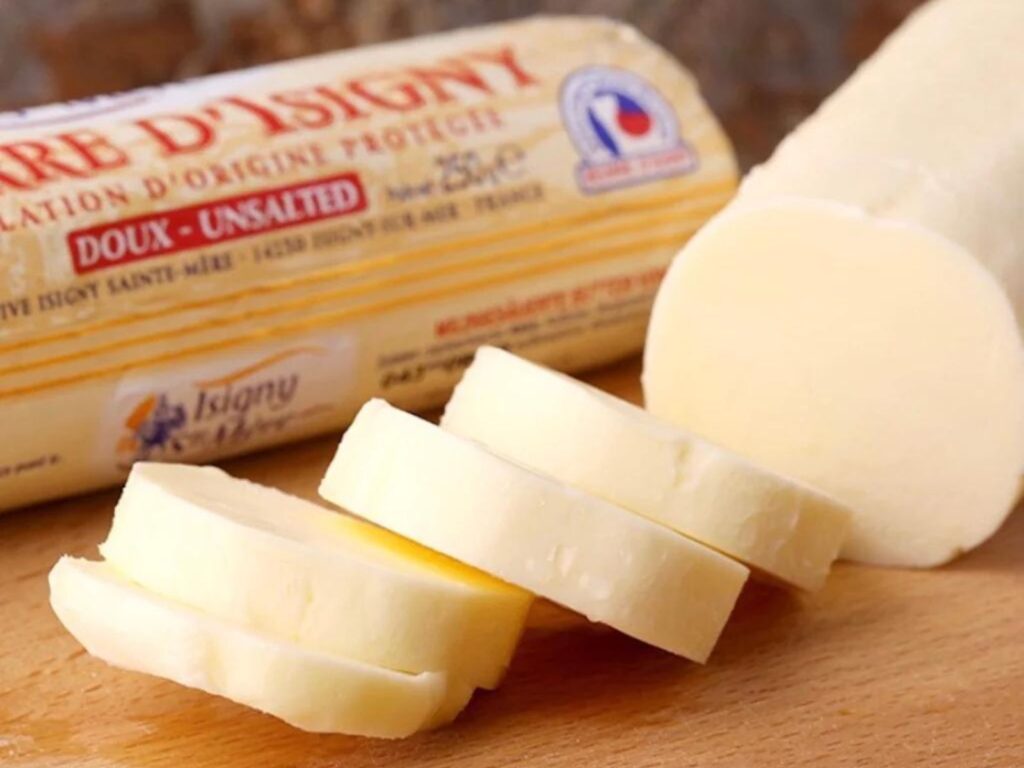
Brands: Isigny Ste Mère, Tribehou, Le Bouquet du Contentin
The area covered by the Beurre d’Isigny AOP is in Normandy, which is known for its fertile soil and rich grass. Moreover, the milk used for this butter comes exclusively from the select area around Isigny-sur-Mer, collected in 175 communes from Le Cotentin and Le Bessin.
At least 30% of the milk used comes from Normande cows, which graze for a minimum of seven months per year. The meandering rivers and accompanying spray in the surrounding marshland contribute to the unique quality of the meadows. The grass, rich in carotene, gives Isigny butter its legendary golden buttercup colour.
To make Isigny butter, producers use another dairy product with an AOP stamp, Crème d’Isigny. Beurre d’Isigny is 100% natural, with the unsalted version containing at least 82% fat. Finally, no colouring, preservatives or artificial flavouring are added, maintaining its authenticity.
The consistency of Isigny butter remains stable during cooking, making it highly sought after by top chefs. Due to its smooth texture and suppleness, this butter is perfect for pastry-making.
Beurre de Bresse
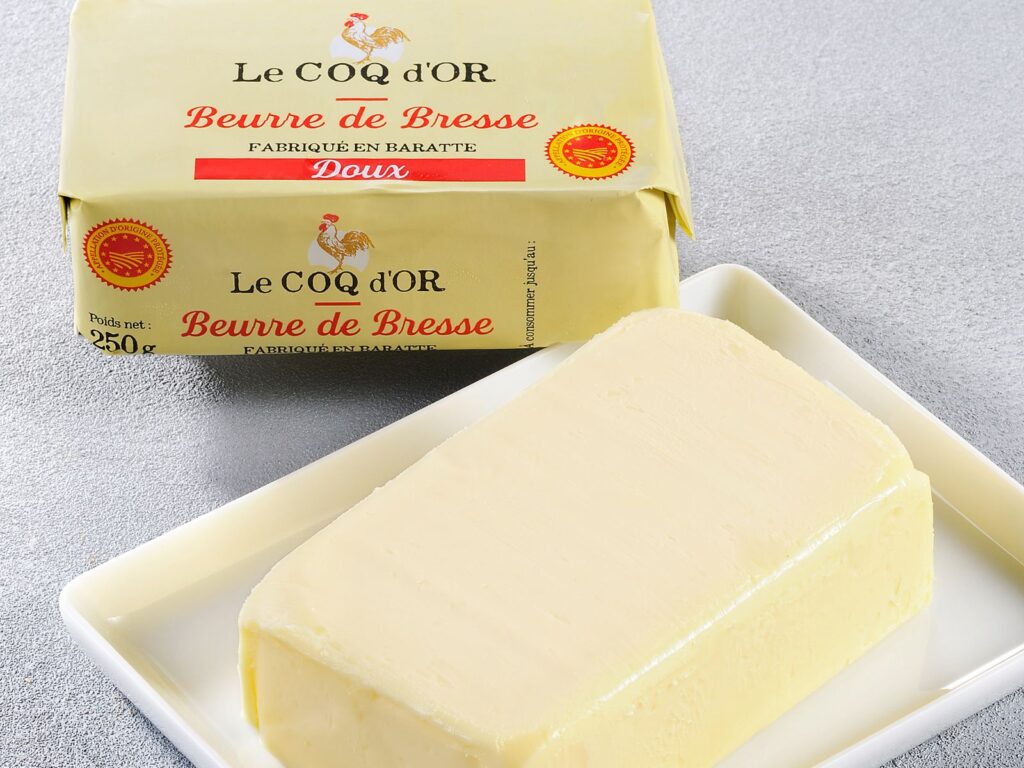
Brands: Le Coq d’Or, Etrez, La Bressane
Bresse is located in eastern France, primarily in the departments of Ain, Jura, and Saône-et-Loire. It is situated between the cities of Lyon and Dijon, encompassing a picturesque area known for its rolling countryside, farmland and charming villages. This region is home to the famous Poulet de Bresse as well as an AOP cream and butter.
Undoubtedly, Crème de Bresse and Beurre de Bresse derive their reputation from the region’s remarkable biodiversity. The Bresse cows graze on a well-balanced diet consisting of grass, corn and cereal, all grown within the Bresse region. As a result, their milk has a high fat content, contributing to the exceptional quality of the region’s cream and butter.
To this day, AOP Beurre de Bresse is churned using traditional methods, resulting in a tender texture that melts in the mouth. It offers grassy and floral flavours with subtle hints of dried fruit. The yellow colour, reminiscent of cowslip primroses, is attributed to the prairie flora in the region.
Local chefs hail this historic butter for its capacity to stay firm when cooked. This makes it a preferred ingredient in local gourmet dishes as well as in pastries.
Beurre Charentes-Poitou
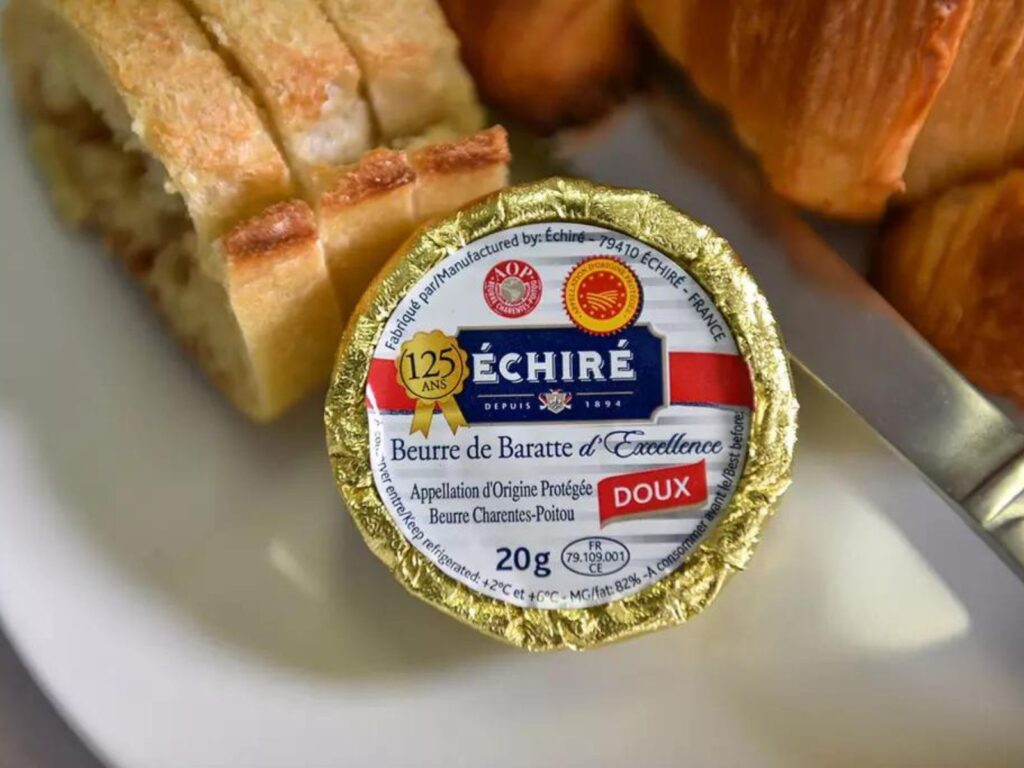
Brands: Maison Lescure, Echiré, Grand Fermage, Sèvre et Belle
This exceptional butter is made exclusively from milk cream sourced from the departments of Charente, Charente-Maritime, Deux Sèvres, Vienne and Vendée. The cream undergoes a unique organic maturing phase lasting over 16 hours, which brings out the distinct personality of Charentes-Poitou AOP butter.
This traditional production method results in a fine and creamy texture with a special flavour, highlighted by subtle notes of hazelnut. Around the world, restaurant owners, bakers, pastry makers and food lovers all love this butter’s sensory qualities and unique texture.
Without a doubt, Beurre Charentes-Poitou excels when spread on a warm crunchy baguette. But, of course, you can also cook delicious meals with it.
FAQs about French AOP butter
Let’s wrap up with some of your most frequently asked questions about French AOP butter.
How does AOP butter differ from regular butter?
AOP butter differs from regular butter as it is made using specific traditional methods within a defined geographical region. It showcases the unique characteristics of the region, such as the breed of cows, their diet, and the terroir, resulting in distinctive flavours and textures.
Are French AOP butters made with raw milk?
Actually, all three of the AOP French butters are made using pasteurised or thermised cow’s milk. You can read more about the importance of raw milk in dairy products here.
Can you buy French AOP butter in the USA?
Yes, French AOP butter can be found and purchased in the USA. Many specialty grocery stores, gourmet food stores, and online retailers offer a selection of imported French AOP butters.
Additionally, some local cheese shops or international food markets may carry these specialty butters. It’s worth exploring different stores or online platforms that specialize in imported or artisanal food products to find a variety of French AOP butter options.
How can I identify authentic AOP butter in stores or markets?
Look for the AOP label or certification on the packaging. It ensures that the butter has met the strict criteria set for the specific AOP designation, guaranteeing its origin and quality.
What do the labels Doux, Demi-Sel and Salé mean?
They are French words used to differentiate various types of butter based on their salt content. Doux (sweet) is unsalted, Demi-Sel (half-salted) contains between 0.5%-3% salt and Salé (salted) contains more than 3% salt.
What does Beurre de Baratte mean?
“Beurre de baratte” is a French term that translates to “churned butter” in English. It refers to butter that is made using a traditional method of churning cream.
As a matter of fact, the term “baratte” refers to a churn or churner, which is a device used to agitate cream or milk to separate the fat globules and create butter.
Can AOP butter be used in both sweet and savoury recipes?
Yes, AOP butter is versatile and can be used in a wide range of recipes, both sweet and savoury. It adds richness, flavour and a creamy texture to dishes like pastries, sauces, baked goods, and even simple spreads on bread.
Some examples of classic French pastries made using AOP butter include Kouign-Amann, Beignets au Beurre and Madeleines.
On the other hand, French butter also excels in savoury dishes such as Pommes de Terre Rôties au Beurre and Velouté de Girolles.
Summary: terroir and tradition
Without a doubt, French AOP butters are steeped in history and artisanal craftsmanship. And they offer a range of flavours and textures that elevate culinary creations to extraordinary heights.
Indulge in the world of French AOP butters and let their flavours transport you to the picturesque landscapes of Normandy, Bresse and Charentes-Poitou. Elevate your dishes, delight your taste buds and immerse yourself in the rich heritage of French butter making.
What’s your favourite French butter? And how do you like to serve it? Let me know in the comments below.
